Posted on May 24th, 2010 by jxh
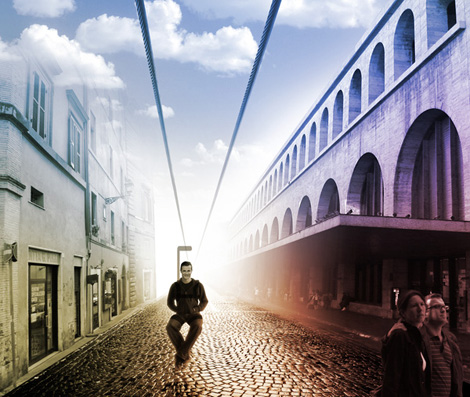
Tired of traffic jams and subway crowds? Take the zip-line to work this time. Based on the Kolelinia project that proposes wire-supported bicycle lanes in the sky, a new Kolelinia vision keeps the wires but drops the bicycles.
The project, called Kolelinio, aims to move people through streets by seating them in a device connected to an elevated steel wire, in a manner similar to a ski-lift.
Read More
Filed under: Civil, e-News, Transportation | Comments Off on Breeze Through the City on a Zip-line
Tags: Civil, Transportation
Posted on May 17th, 2010 by axb
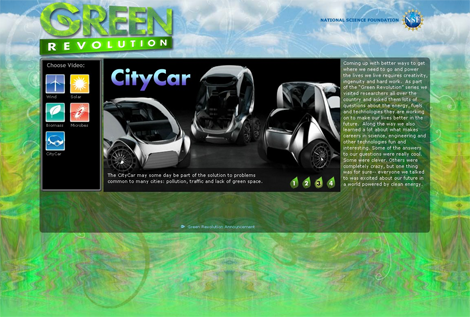
Here at eGFI we’re always on the lookout for new clean energy breakthroughs, from converting waste into biofuel to powering a house using just a bottle of water.
Now, the National Science Foundation has put together a nifty series of videos explaining the many exciting innovations in green power that have been developed recently. Watch and let the revolution begin.
Read More
Filed under: e-News, Environmental, Transportation | Comments Off on Green Revolution: The Future of Clean Energy
Tags: Energy, Environmental, Green Technology, Green Transportation, Transportation
Posted on May 13th, 2010 by jxh
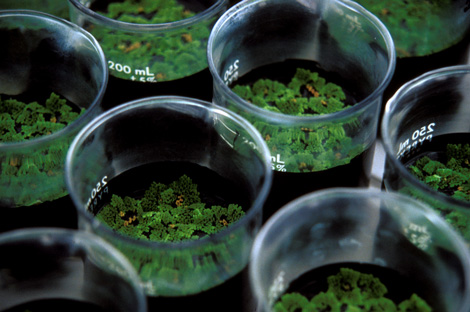
Biomimicry is an exciting field of engineering that continually produces amazing designs. We have reported on the robotic arm based on an elephant trunk, artificial honeybee silk, and biofuels inspired by frog foam. Now biomimicry is tackling the problems of cargo ships.
For any mode of transportation, a heavier load increases fuel costs and emissions. This is especially true for an ocean-traveling container ship, which uses massive amounts of energy to propel through water.
However, by mimicking the hydrophobic characteristics of the water fern, researchers at the University of Bonn believe they can design a more energy-efficient container ship.
Read More
Filed under: e-News, Materials, Ocean, Transportation | Comments Off on More Problems Solved Thanks to Biomimicry
Tags: Biomimicry, Biotechnology, Ocean, Transportation
Posted on March 8th, 2010 by axb
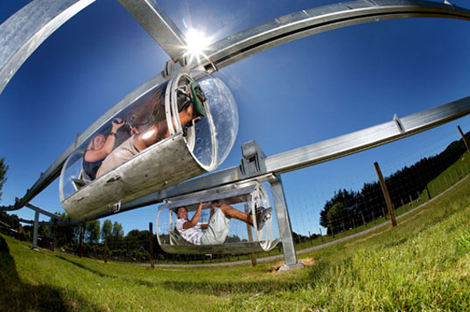
If you thought bike lanes in the sky were cool, chances are you’ll be really psyched about the Shweeb, the world’s first human-powered monorail. A few creative New Zealanders designed a transportation system that would have commuters whizzing through the city in aerodynamic capsules. Shweeb riders can reach speeds up to 20 mph using less energy than it takes to walk!
Read More
Filed under: e-News, Environmental, Transportation | 1 Comment »
Tags: Environmental, Green Technology, Green Transportation, Transportation
Posted on February 23rd, 2010 by axb
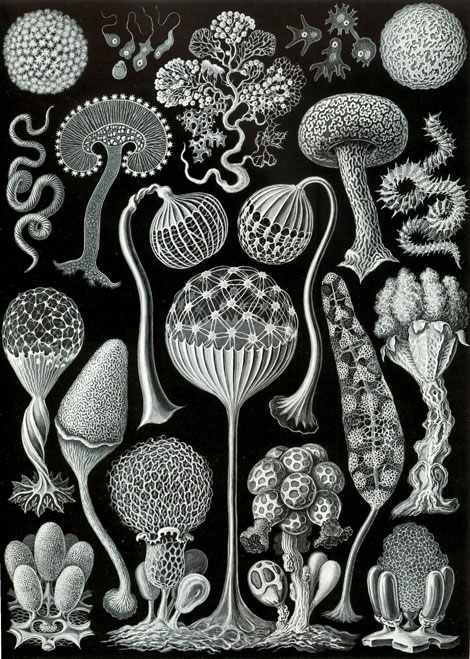
The slime mold, a type of single-celled amoeboid organism, looks to be more of a smartypants than scientists previously thought. Why? Because these gooey blobs are actually capable of growing sophisticated networks in order to feed themselves. In experiments where slime molds were exposed to an array of food sources (think: a scattering of crumbs or cereal), they showed an unexpected ability to grow very efficient connections between feeding hubs. These web-like structures (you can view them here) even mimicked modern transportation networks, like the Tokyo subway system.
Engineers are now searching for this special “slime formula”, which could make it easier to design a variety of networks (from public transportation to the internet) more efficiently.
Read More
Filed under: Computer, e-News, Transportation | 1 Comment »
Tags: Computer, Transportation













